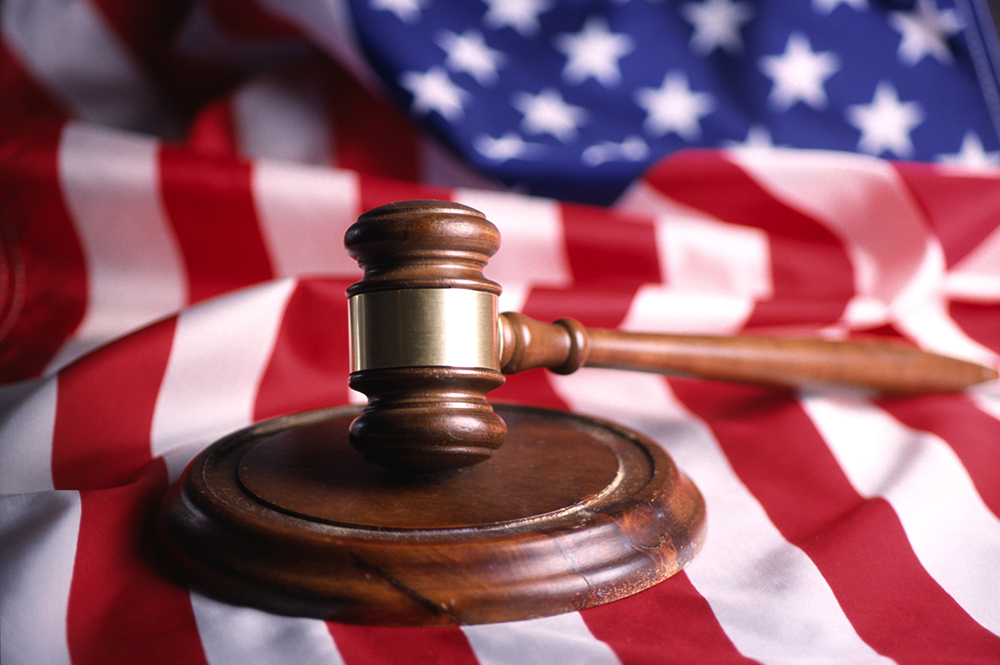Debunking the Process of Federal Appeals: What You Required to Know
Navigating the detailed realm of government allures can commonly appear like passing through uncharted waters for those unfamiliar with the process. Comprehending the nuances of appellate court territory, the details of filing a notification of appeal, providing a compelling short, and making a persuasive oral debate are vital components that can significantly influence the result of an instance. By deciphering the layers of complexity surrounding federal charms, individuals can acquire a more clear understanding into the devices that regulate this vital stage of the legal system.
Understanding Federal Appeals Refine
Looking into the detailed world of the government charms procedure reveals a methodical and organized trip through the judicial system. Federal appeals function as an essential system for reviewing choices made by lower courts. Comprehending this procedure is necessary for any individual included in lawful procedures at the government degree.
The procedure generally begins with a party dissatisfied with a reduced court's judgment submitting a notice of charm. This activates a review by a higher court, where a panel of judges analyzes the legal debates offered by both celebrations. Briefs describing the legal thinking behind each event's placement are submitted, and dental arguments may be heard to clear up complicated issues.
The appellate court's choice is based on a comprehensive evaluation of the reduced court's proceedings and the debates presented. When the appellate court reaches a decision, it can affirm, turn around, remand, or change the lower court's ruling, providing clearness and finality to the legal disagreement.
Appellate Court Jurisdiction Discussed
Appellate court territory refers to the extent of cases that a particular appellate court has the power to review and choose upon. Unlike test courts that listen to cases for the initial time, appellate courts are restricted to examining decisions made by lower courts.
Appellate courts have jurisdiction over particular sorts of situations, commonly those involving legal errors, step-by-step issues, or concerns of regulation rather than accurate disputes. The jurisdiction of appellate courts is usually described in statutes and legislations that control the court system. Comprehending appellate court jurisdiction is vital for celebrations associated with the appeals process as it establishes whether a case is eligible for review and the level to which the appellate court can intervene in the reduced court's choice.
Declaring a Notification of Charm
The initial step in starting the federal appeals procedure includes filing a Notification of Appeal with the ideal appellate court. This critical paper officially notifies the court and the various other events associated with the situation that the appealing event means to look for a review of the lower court's choice. Submitting a Notice of Charm is a rigorous step-by-step demand that sets the appellate process moving.
When preparing the Notice of Appeal, it is crucial to guarantee compliance with the certain guidelines and standards of the appropriate appellate court. federal appeal attorneys. The document has to generally consist of info such as the case name, the reduced court's name, the date of the judgment being appealed, and a concise declaration indicating the premises for the appeal

Briefing and Dental Disagreement
In the appellate procedure, offering created briefs and participating in oral debates play essential roles in advocating for the appealing event's placement prior to the appellate court. Briefs are comprehensive legal records that lay out the parties' disagreements, legal authorities, and analysis supporting their settings. These composed entries offer the court with a detailed understanding of the realities of the case, the pertinent law, and why the appealing party thinks the reduced court's choice ought to be overturned.
Adhering to the entry and evaluation of the briefs, dental arguments provide the celebrations a possibility to more clarify their positions, resolve any kind of more helpful hints questions the appellate judges might have, and emphasize crucial points from their written briefs. Dental debates are a chance for the attorneys to convince the courts through spoken campaigning for and feedbacks to inquiries from the bench.
Both the written briefs and dental debates are vital elements of the appellate process, permitting events to provide their case extensively and compellingly before the appellate court. - federal appeal lawyers
Receiving the Appellate Court Decision
Upon conclusion of dental arguments and entry of created briefs, the next critical phase in the appellate process entails waiting for the definitive judgment from the appellate court. This period of anticipation can be filled with a mix of anxiousness and wish for events entailed in the charm. The appellate court's choice is generally provided in a written format and describes the court's verdicts on the legal concerns provided, the thinking behind their choice, and the judgment provided. The moment structure for receiving the appellate court's choice can differ, however courts aim to supply prompt resolutions. When the decision is released, events need to carefully review the court's ruling to comprehend the result and establish any additional actions that may be essential. Whether the appellate court affirms, turns around, or remands the reduced court's decision, comprehending the implications of the ruling is essential for all events involved in the appellate process. Without delay evaluating and understanding the appellate court's decision is essential in browsing the following steps in the legal proceedings.
Conclusion
Understanding the appellate court territory, filing a notice of allure, preparing briefs, and offering dental arguments are all important elements of this process. Inevitably, obtaining the appellate court decision can provide clearness and resolution to legal disagreements.
As we progress from understanding the government appeals process to studying the intricacies of appellate court jurisdiction, an essential aspect comes to light regarding the authority and restrictions of these higher courts in the legal landscape. Appellate court jurisdiction refers to the extent of instances that a certain appellate court has the power to examine and determine upon. Unlike trial courts that hear instances for the initial time, appellate courts are limited to examining decisions made by lower courts. Recognizing appellate court territory is critical for parties entailed in the appeals procedure as it establishes whether an instance is eligible for review and the extent to which the appellate court can intervene in the reduced court's decision.
